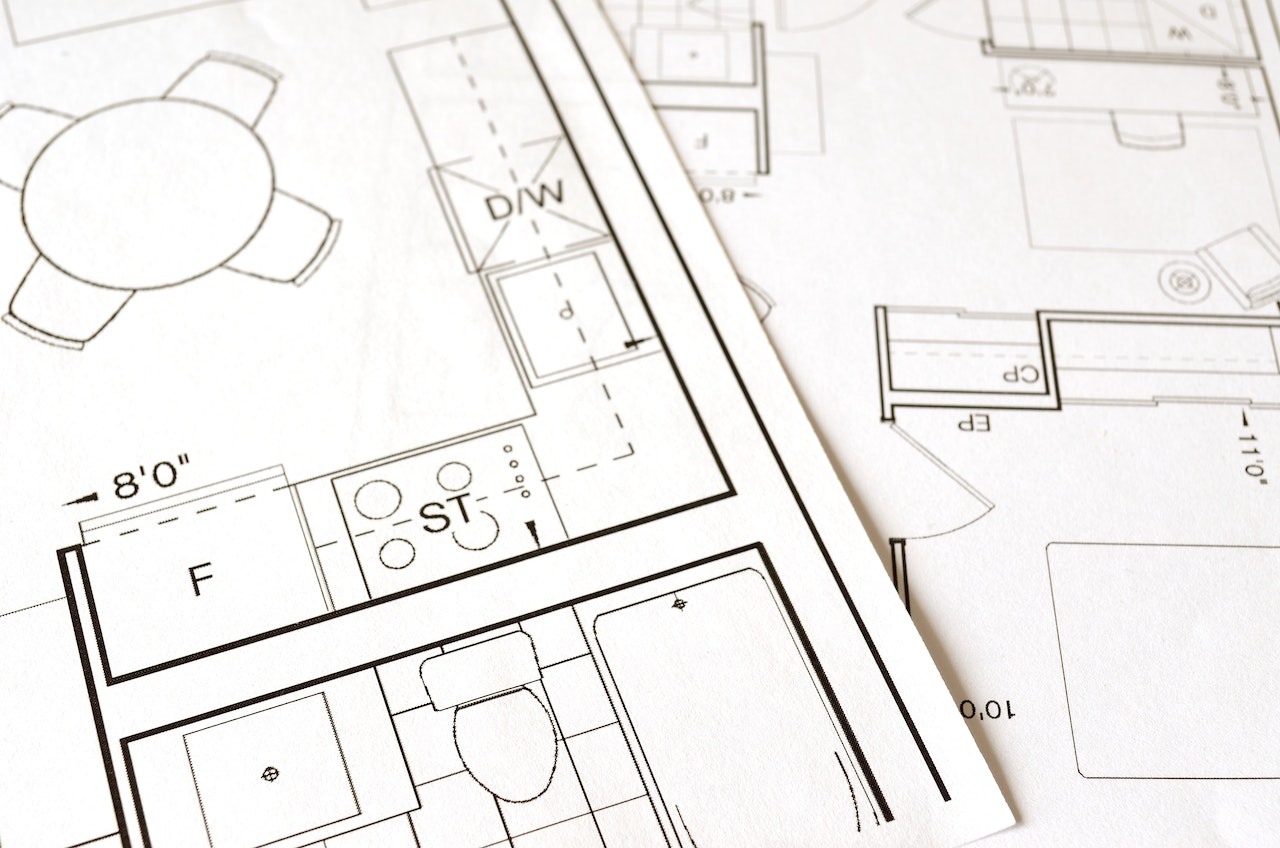Surety Bond Professionals is a family owned and operated bonding agency with over 30 years of experience. With access to a broad range of surety markets, our expert agents are ready to assist with all of your construction bonding needs.
Project Delivery Methods
There are three approaches to executing and delivering construction projects:
- Construction management at risk (CMAR), also known as construction manager at risk
- Design-bid-build (DBB), also known as design-tender
- Design-build (DB), also known as design-construct, or single-source responsibility
Construction Management at Risk
The CMAR approach involves the project owner teaming up with the chosen general contractor at the beginning of the design process. The synergy between the project owner and general contractor (referred to as the construction manager) during the design process improves the accuracy of cost estimates, gives the contractor a good understanding of the project scope and details, and allows time for trust to develop between the two parties prior to starting construction. In this manner, CMAR smooths the transition from design to construction.
In most cases, the selection of the CM is based on qualifications, with price as the secondary consideration. Though subcontractors usually are chosen through competitive bidding, the CM commits to delivering the project within a Guaranteed Maximum Price. The CM is contractually responsible for any costs in excess of the GMP that were not the result of valid change orders.
Design-Bid-Build
Traditionally, most construction projects have used the DBB approach, with three distinct, sequential phases. Unlike CMAR, DBB does not involve any overlap between design and construction. During the design phase, the project owner defines the scope of work and contracts with a design engineer and/or architect to develop the construction drawings and specifications that provide a basis for potential contractors to bid on the project.
General contractors typically consult with specialty contractors (e.g., electrical, plumbing, HVAC, landscaping, etc.) and submit bids to the project owner detailing the costs of materials and labor. There may be modifications to the scope of work during the bidding stage. Once a general contractor has been selected, the project moves into the build stage, and there should be no more design changes. In the build stage, the general contractor completes construction, supervising the work done by all subcontractors. All risks associated with the project belong to the project owner.
Design-Build in Construction
Design-Build is becoming an increasingly common option for project owners. It is an essentially turnkey project delivery approach. There is a single contract governing the design-build team to provide both design and construction services. The overlap between design and construction stages compresses the overall project schedule and allows refinements to the design even once construction begins.
The single point of responsibility typically is the general contractor, who subcontracts all the construction trades needed and is accountable for keeping the project on schedule and within budget and for project outcomes. In some cases, however, the architect leading the design team will be the single point of responsibility. These two options are referred to as Construction Led Design-Build or Architect Led Design-Build.
Advantages of Design-Build
The DB approach is gaining in popularity because of the advantages it offers project owners, such as:
- Minimal commitment of their own time
- Shorter project timeline due to the efficiencies and high quality resulting from collaborative project management
- Cost savings from greater efficiency
- Higher quality because the emphasis is on meeting performance needs rather than minimum design requirements
- Single-source responsibility for costs, schedule, and performance
- Easier project oversight as a result of there being only one contract
- Risk reduction through single-source responsibility
The design-build team benefits as well due to:
- Greater profits from the team’s shared commitment to controlling costs
- Fewer opportunities for error and less administrative hassle because of close collaboration and communication between designers and builders
- A competitive advantage as project owners increasingly are seeking contractors with design-build experience
Design-Build Surety Bonds
Surety bond companies tend to charge higher rates for design-build projects because of the added risk exposure from design activities. With other project delivery options, construction bonds are strictly to protect project owners against construction risk. The liability for design risk rests with the architect.
It’s common for surety bond companies to add a 20% to 50% surcharge to the usual rate scale for the CM. So a contractor who would normally pay a premium rate of 1% would pay between 1.2% and 1.5% for a design-build contract.
Get A Quote
Our surety bond professionals will get you the construction bonds you need at a competitive rate.





